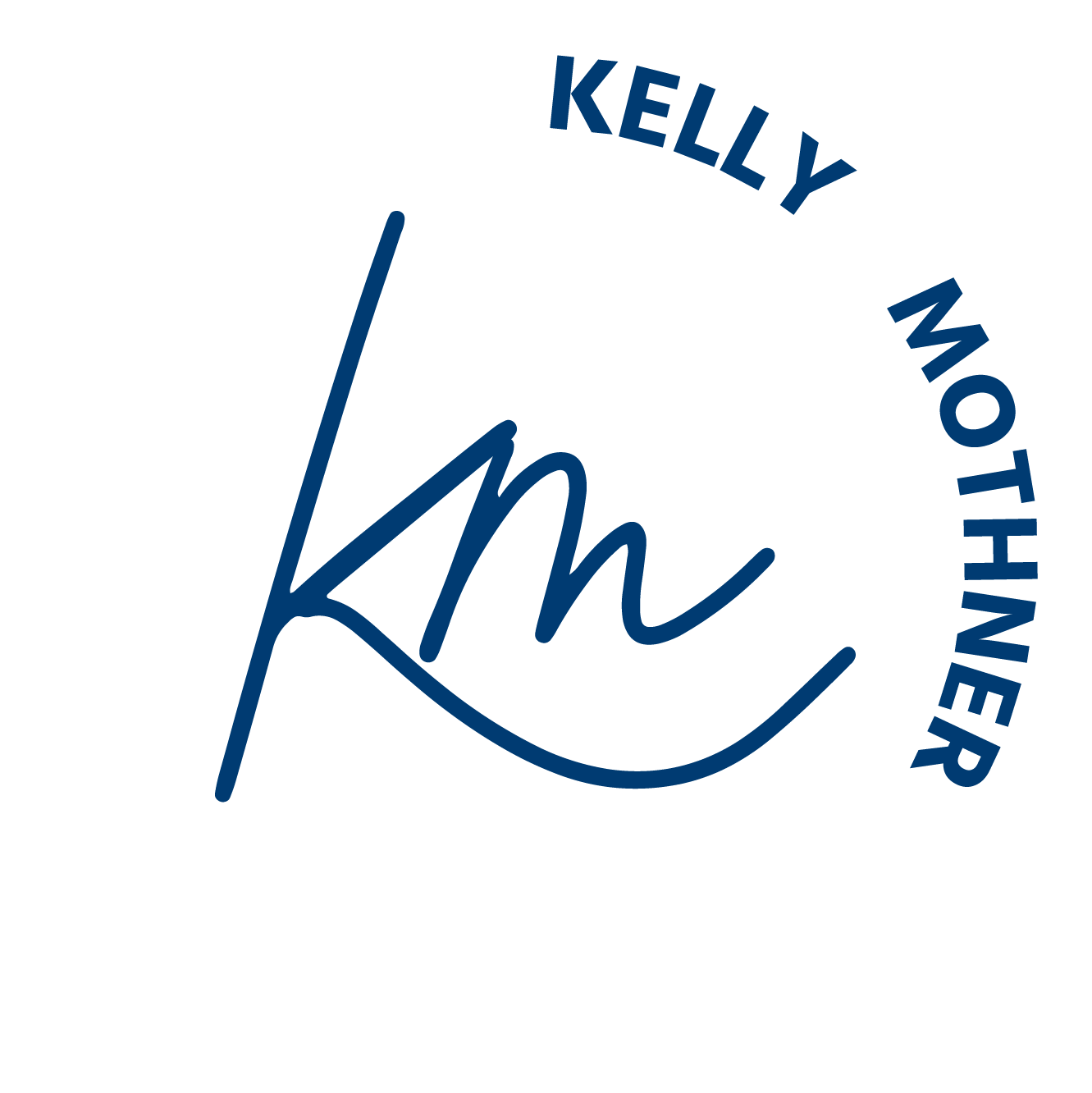Redefining What It Means To Be Vulnerable
Vulnerability has become a buzz word in recent years and for good reason. The whole concept of what vulnerability means has shifted and as a result it has become a central tenet in deepening interpersonal relationships. My aim is to distinguish between the old and new definition, provide real world examples of what vulnerability looks like, and explain how embracing vulnerability in your own life and relationships can be truly transformative.

The Traditional Way Of Understanding Vulnerability
Traditionally, vulnerability has had a highly negative connotation. Someone who was vulnerable was seen as weak and without protection, with the result that they could be easily hurt physically or emotionally. The idea of a man being vulnerable was highly frowned upon; showing any type of emotional expression was inappropriate and to be avoided at all costs. For women on the other hand, exhibiting vulnerability was more acceptable yet it perpetuated the image of women as helpless victims and weaker than men.
Brené Brown’s Definition of Vulnerability
Fortunately, in the last decade this notion of vulnerability has transformed drastically. Today, the understanding of what it means to be vulnerable is no longer inherently negative. It has been completely redefined. While there are still many interpretations, one of the most powerful and transformative definitions was conceptualized by well known author and speaker, Brené Brown, in her book Daring Greatly: How the Courage to Be Vulnerable Transforms the Way We Live, Love, Parent, and Lead. She defines vulnerability as “uncertainty, risk, and emotional exposure.” Based on this definition, there is no denying that all three of those things require an immense amount of courage, but the payoff is huge. She goes on to say that “vulnerability is the birthplace of love, belonging, joy, courage, empathy and creativity. It is the source of hope, empathy, accountability and authenticity.” If vulnerability means truly being yourself and allowing those around you to fully see you, then it serves as the foundation for developing close, intimate, and meaningful relationships.
What Does Vulnerability Look Like?
Emotional vulnerability is a concept that applies to all of our significant connections, whether that is friendships, parent-child relationships or long-term intimate partners. To gain a clearer understanding of this contemporary definition of vulnerability, I will provide actual examples of what it could look like to be vulnerable in real life:
- Listening to yourself and saying no to something or someone
- Asking for help
- Calling a friend who has just lost a loved one
- Admitting being afraid
- Having a difficult conversation
- Going on a first date after divorce
- Getting pregnant after multiple miscarriages
- Saying I love you for the first time
Being vulnerable in your life and in your interpersonal relationships will bring up a lot of different feelings, both physically and emotionally. Here are a few examples of what it may feel like when you step out of your comfort zone and open yourself to being vulnerable and emotionally exposed:
- A beating heart and sweaty palms
- A rush of feeling free, light, and alive
- The scariest part of a roller coaster when you are at the very highest point and on the verge of tipping over the edge to take the plunge
- Awkward and scary
- Deeply connecting and intimate
Schedule an Appointment for Therapy In the South Bay
As a therapist in Hermosa Beach, I work with both my individual and couple clients to help them develop a greater capacity for embracing their authentic selves. Through the therapeutic process, the goal is to help clients build enough courage to be truly vulnerable in their relationships. If you are interested in having the supportive space of therapy, please give me a call at 310.892.2572 to get started!


